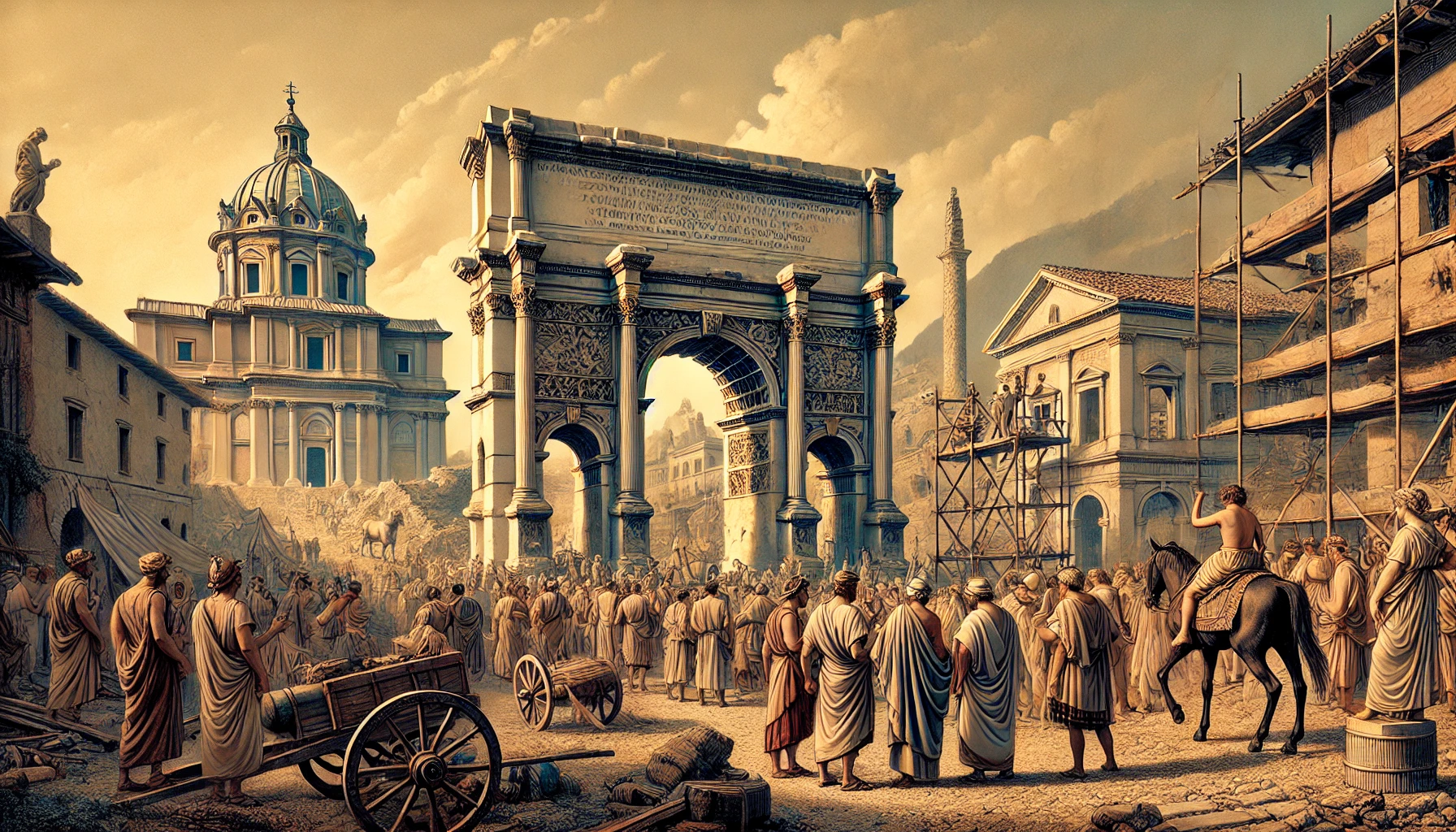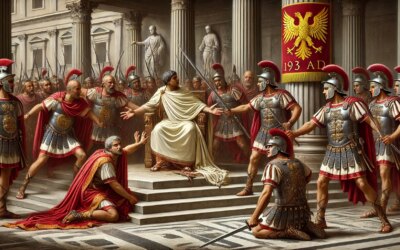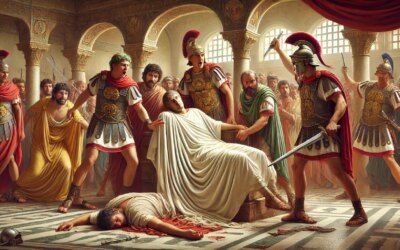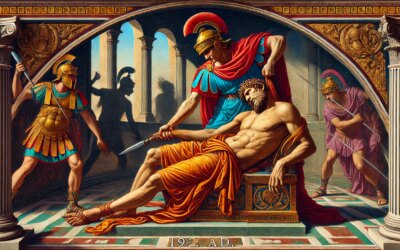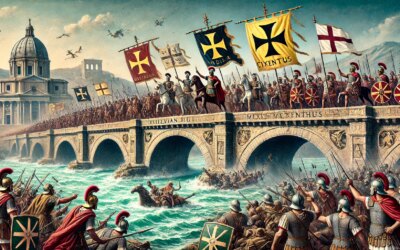Septimius Severus: The Rise of an African-Born Emperor
Lucius Septimius Severus, born in 145 CE in Leptis Magna (modern Libya), was the first Roman emperor of African descent. Rising to power after the chaotic Year of the Five Emperors (193 CE), Severus established the Severan dynasty, bringing stability to a fractured empire. His reign, which lasted until his death in 211 CE, was marked by military expansion, political centralization, and ambitious architectural projects.
Seizing Power: The Civil War of 193 CE
The assassination of Emperor Commodus in 192 CE plunged Rome into civil war. Pertinax briefly held power before being murdered, and Didius Julianus purchased the throne in an infamous auction. Severus, then governor of Pannonia, marched on Rome with his legions, deposing Julianus and executing his supporters.
However, his rule was contested by two rival claimants: Pescennius Niger in the East and Clodius Albinus in the West. In a series of brutal campaigns, Severus crushed Niger at the Battle of Issus (194 CE) and later defeated Albinus at the Battle of Lugdunum (197 CE), securing his absolute control over the empire.
Military Reforms and Expansion
Severus was a military emperor, expanding Rome’s frontiers and strengthening its defenses. He waged a successful campaign against the Parthians, capturing the cities of Seleucia and Ctesiphon in 198 CE. His victories in the East reinforced Roman dominance, although they failed to establish long-term stability.
In Britain, Severus launched a major campaign against the Caledonian tribes, reinforcing Hadrian’s Wall and advancing north. Despite initial successes, his health declined, and the campaign stalled. He died in Eboracum (modern York) in 211 CE, reportedly telling his sons Caracalla and Geta, “Enrich the soldiers, scorn all others.”
Political and Economic Reforms
Severus transformed Roman governance, reducing the Senate’s power and increasing the role of the military in politics. He favored equestrians over senatorial elites and relied on the Praetorian Guard and provincial armies to maintain control.
To finance his military campaigns, Severus debased the silver denarius, leading to inflation. Despite this, he initiated several economic policies to support the empire’s infrastructure, including tax reforms and increased grain distributions for the population of Rome.
Architectural Achievements: The Arch of Septimius Severus
Severus left a significant architectural legacy, most notably the Arch of Septimius Severus in the Roman Forum. Erected in 203 CE, this triumphal arch commemorated his victories over the Parthians. Its detailed reliefs depict Roman legions in battle, reinforcing the emperor’s image as a warrior-ruler.
Beyond Rome, he invested heavily in his hometown of Leptis Magna, transforming it into one of the grandest cities of North Africa. His projects included an expansive basilica, a new forum, and an enlarged harbor, showcasing the wealth and influence of the Severan period.
The Legacy of Septimius Severus
Severus’ death marked the beginning of internal strife within the Severan dynasty. His sons, Caracalla and Geta, initially ruled together, but Caracalla soon murdered his brother and embarked on a reign of brutality.
Despite the turmoil that followed, Severus’ reign laid the foundation for future military emperors. His centralization of power, reliance on the army, and architectural contributions solidified his legacy as a transformative, if autocratic, leader of Rome.
As the first African-born emperor, Septimius Severus redefined what it meant to be Roman, proving that power in the empire was no longer confined to Italy but extended across its vast and diverse provinces.

